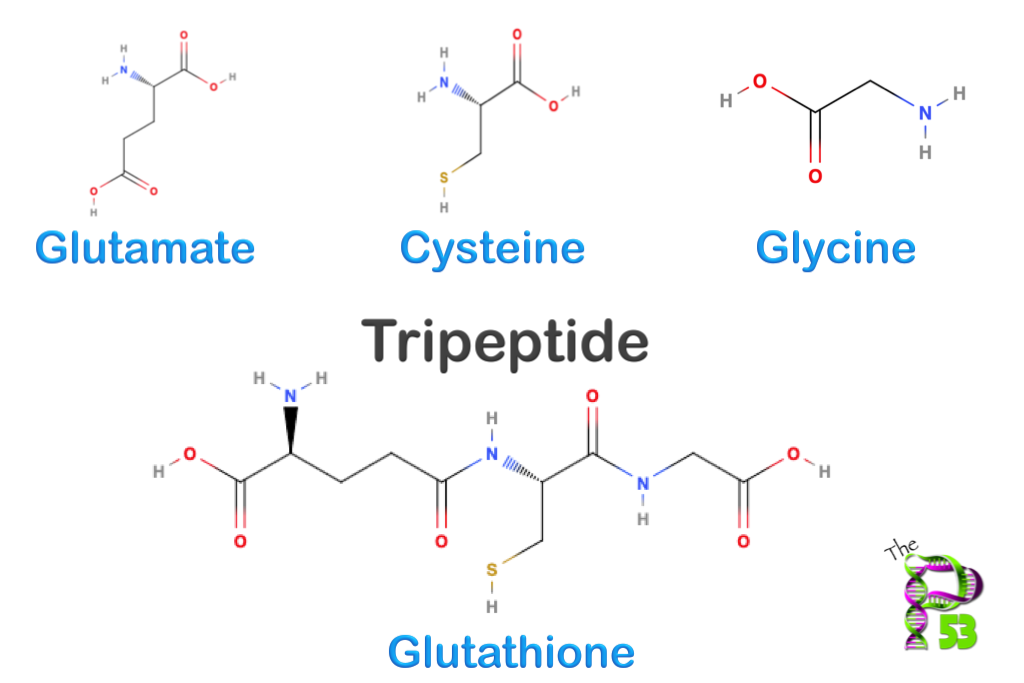By David W. Brown
CT (Computed Tomography) scans are tools that use ionizing X-rays to create cross-sectional images of the body. When directed at the head, they can reveal internal bleeding, tumors, and structural abnormalities in the brain. However, CT scans expose brain tissue to high levels of ionizing radiation, which can cause DNA damage in neural and glial cells.
Over time — and especially after repeated exposure — this radiation damage increases the risk of brain tumors, including gliomas and meningiomas. The association between CT scans and brain cancer has been confirmed by several large-scale epidemiological studies and mechanistic biological research.
Radiation Dose and Brain Tissue Exposure
A head CT scan typically delivers a dose of 1–2 millisieverts (mSv) to the body, but the absorbed dose to brain tissuecan be substantially higher, especially near the skull and scalp. Pediatric scans often deliver 50–60 milligrays (mGy)directly to the developing brain — an amount similar to what atomic bomb survivors experienced several miles from ground zero.
Children are especially vulnerable because:
- Their brain cells are still dividing.
- DNA repair mechanisms are less efficient.
- They have longer lifespans, allowing latent cancers to manifest decades later.
Biological Pathways of Radiation-Induced Brain Cancer
Ionizing radiation from CT scans initiates several harmful biochemical and cellular processes that can culminate in brain tumor development:
a. DNA Double-Strand Breaks
High-energy X-rays eject electrons from atoms, breaking DNA strands.
If these breaks are misrepaired, they cause:
- Mutations in critical genes (e.g., TP53, PTEN, EGFR).
- Chromosomal rearrangements and genomic instability.
- Activation of oncogenes or silencing of tumor suppressor genes.
b. Generation of Reactive Oxygen Species (ROS)
Ionizing radiation interacts with water molecules inside cells, forming ROS such as:
- Superoxide anion (O₂•−)
- Hydroxyl radical (•OH)
- Hydrogen peroxide (H₂O₂)
These unstable molecules attack DNA, proteins, and lipids, compounding oxidative stress and furthering genetic instability — a known driver of tumorigenesis.
c. Epigenetic Changes
CT-induced radiation alters DNA methylation patterns and histone modification, changing gene expression without altering DNA sequences.
This can deactivate tumor suppressor genes or enhance oncogene activity, setting the stage for uncontrolled cell growth.
d. Bystander Effect
Even cells not directly struck by radiation become damaged through chemical signals (cytokines, nitric oxide) released from irradiated neighbors — expanding the affected area beyond the original beam path.
Epidemiological Evidence Linking CT Scans to Brain Cancer
A. The Lancet Study – Pearce et al., 2012
- Retrospective cohort of 178,604 British children who underwent CT scans between 1985–2002.
- Researchers found:
- Threefold increase in brain tumor risk among those who received cumulative brain doses of 50–60 mGy.
- Proportional increase in leukemia risk at lower exposures (~30 mGy).
- Crucially, these were diagnostic doses — not therapeutic radiation levels — proving that standard CT imaging alone carries measurable carcinogenic risk.
📘 Pearce, M. S. et al., “Radiation exposure from CT scans in childhood and subsequent risk of leukaemia and brain tumours,” The Lancet (2012).
B. The Australian Study – Mathews et al., 2013
- Nationwide cohort of 680,000 young Australians exposed to CT scans before age 20.
- Follow-up over 20 years revealed:
- 24% higher overall cancer incidence in the CT group.
- Significant increases in brain tumor rates (particularly gliomas and meningiomas).
- Risk rose with the number of scans received.
📘 Mathews, J. D. et al., “Cancer risk in 680,000 people exposed to computed tomography scans in childhood or adolescence,” BMJ (2013).
C. Japanese Atomic Bomb Survivor Studies
- Survivors who received comparable low-dose radiation exposures (10–100 mSv) showed similar latency and tumor patterns to those seen after medical imaging.
- These findings support a linear no-threshold model, meaning any radiation dose carries some risk, even small ones from diagnostic scans.
📘 Preston, D. L. et al., “Solid cancer incidence in atomic bomb survivors: 1958–1998,” Radiation Research (2007).
Types of Brain Tumors Associated with CT Radiation
- Gliomas – arising from glial cells, often linked to ionizing radiation.
- Meningiomas – benign or malignant tumors from the meninges; strong radiation sensitivity observed.
- Schwannomas – peripheral nerve sheath tumors occasionally reported after cranial imaging exposure.
- Pituitary adenomas – radiation can disrupt endocrine regulation, promoting pituitary cell proliferation.
Mechanistic Evidence:
- Ionizing radiation induces mutations in NF2, TP53, and EGFR, all genes implicated in glioma and meningioma formation.
- Radiation-induced gliomas often appear within 10–20 years after exposure, consistent with latency observed in survivors and CT-exposed children.
Latency and Dose–Response Relationship
Brain tumors caused by radiation typically appear after a latency period of 5–20 years.
The relationship between dose and risk is approximately linear — doubling the dose roughly doubles the risk.
A single head CT in childhood may increase absolute brain tumor risk by roughly:
- 1 in 5,000 to 1 in 10,000 per scan (depending on dose and age).
While this may seem small individually, at the population level (tens of millions of pediatric CTs per year), it translates to hundreds of preventable cancers annually.
Children’s Brains Are Especially Vulnerable
Children absorb higher doses because:
- They are smaller, so the same X-ray energy penetrates more deeply.
- Their tissues are more radiosensitive, as cells divide rapidly.
- Neural stem cells in the developing brain are highly susceptible to mutations.
Additionally, cumulative exposure from follow-up scans for chronic conditions (e.g., epilepsy, trauma) multiplies long-term risk.
Adult Risks and Cumulative Exposure
While adults are less sensitive than children, repeated CT imaging over years still increases brain tumor risk.
Occupational studies in radiology staff and pilots exposed to chronic low-dose radiation have shown similar DNA damage markers, supporting the cumulative model.
Even “low-dose” protocols, when repeated, can surpass thresholds associated with carcinogenesis.
The Role of the p53 Tumor Suppressor Gene
Radiation-induced DNA damage often triggers activation of the TP53 gene, which governs DNA repair and apoptosis (“cellular suicide”).
If p53 function is overwhelmed or mutated, damaged cells survive and propagate, paving the way for tumor initiation.
This mechanism directly links CT-induced DNA damage to failure of the body’s natural cancer-prevention system — one reason the P53 gene is known as “the guardian of the genome.”
Safer Diagnostic Alternatives
To reduce risk, physicians should prioritize:
- MRI scans (no radiation, ideal for soft tissue and brain imaging).
- Ultrasound, when applicable for head and neck regions in infants.
- Clinical observation and blood work before resorting to imaging.
- Strict use of ALARA principles (“As Low As Reasonably Achievable”) for dose reduction.
The evidence linking CT scans to brain cancer is robust and biologically plausible.
Ionizing radiation from head CTs damages DNA, promotes oxidative stress, and triggers genetic and epigenetic changes that can lead to tumor formation years later.
Children and young adults face the greatest danger, but adults are not exempt — particularly those undergoing repeated or unnecessary scans.

